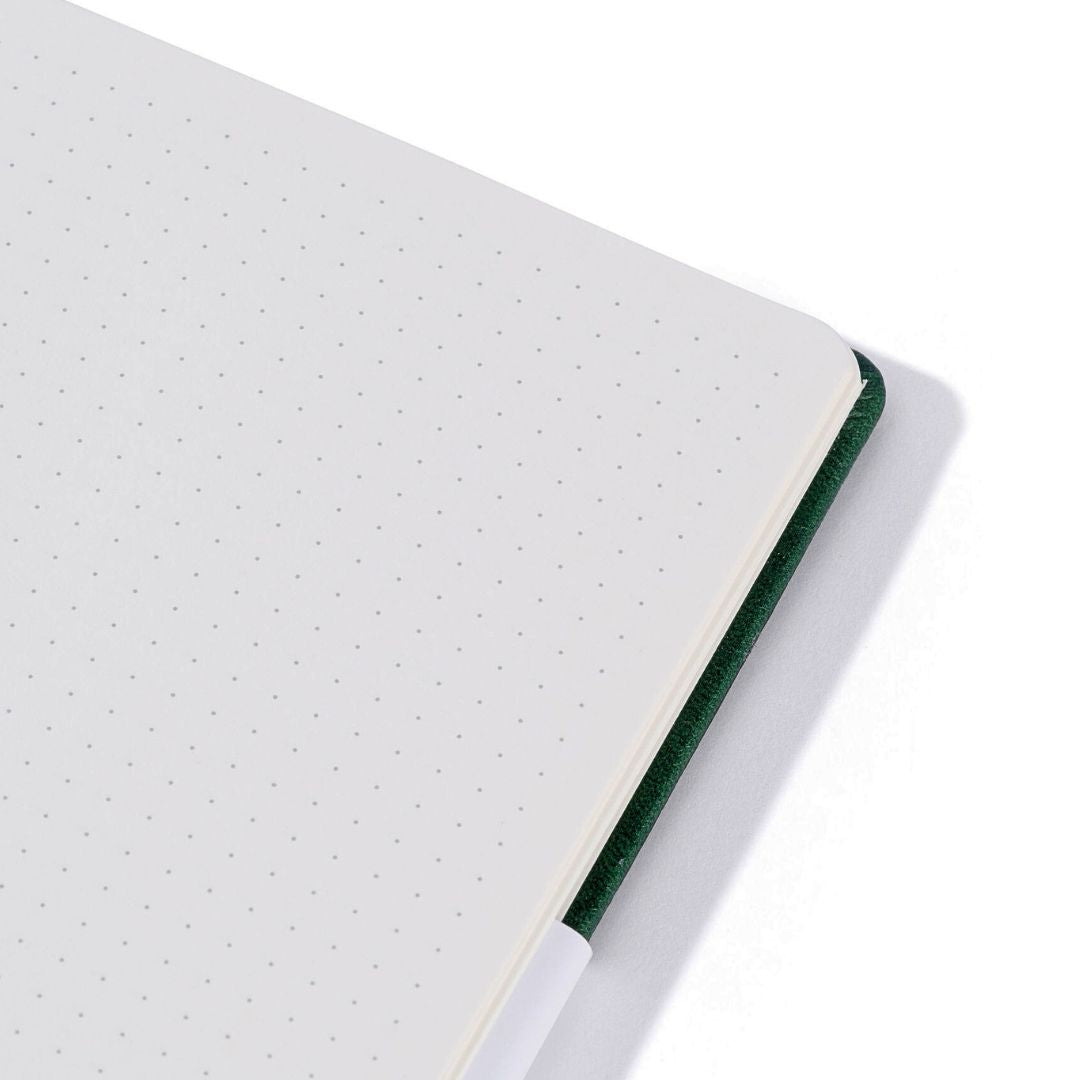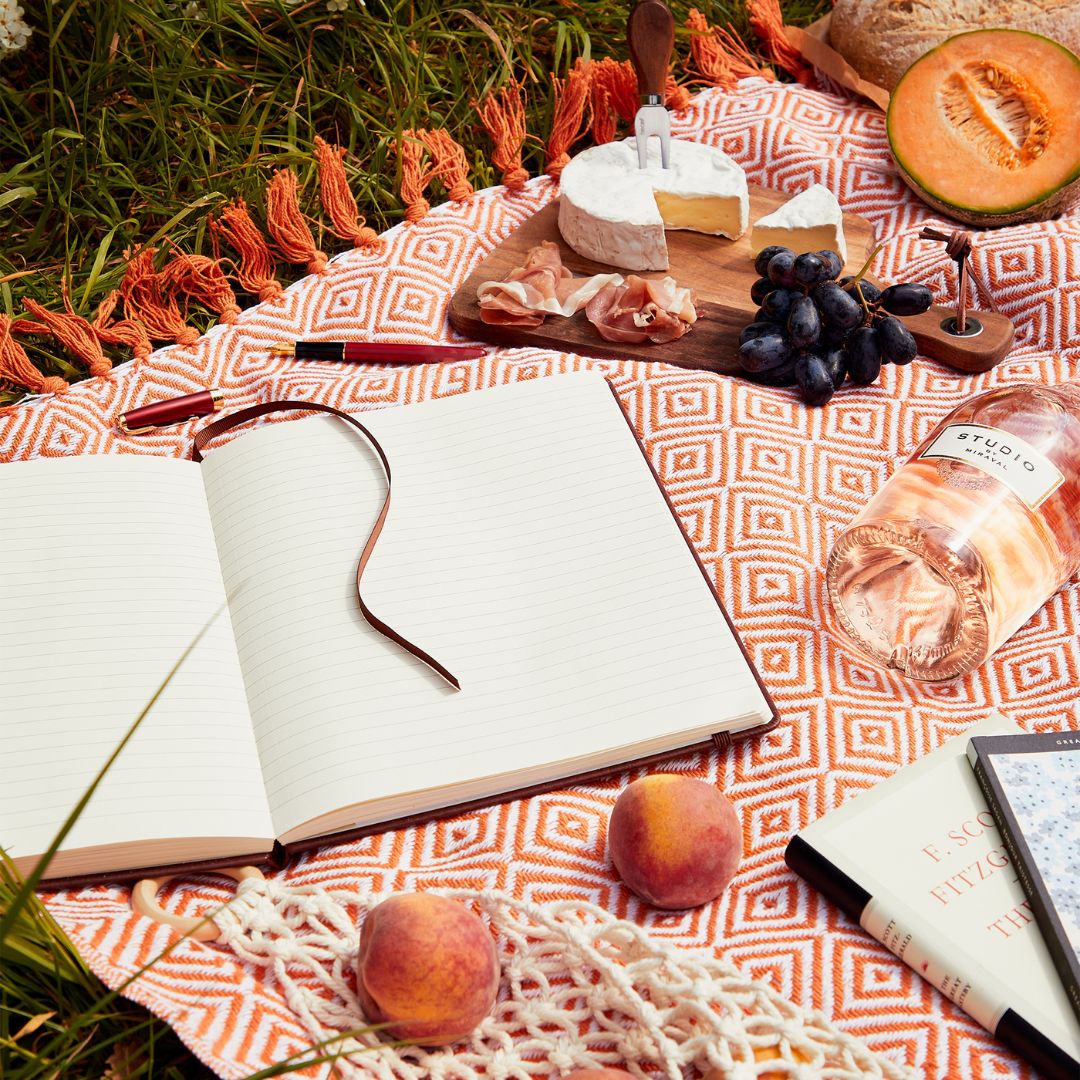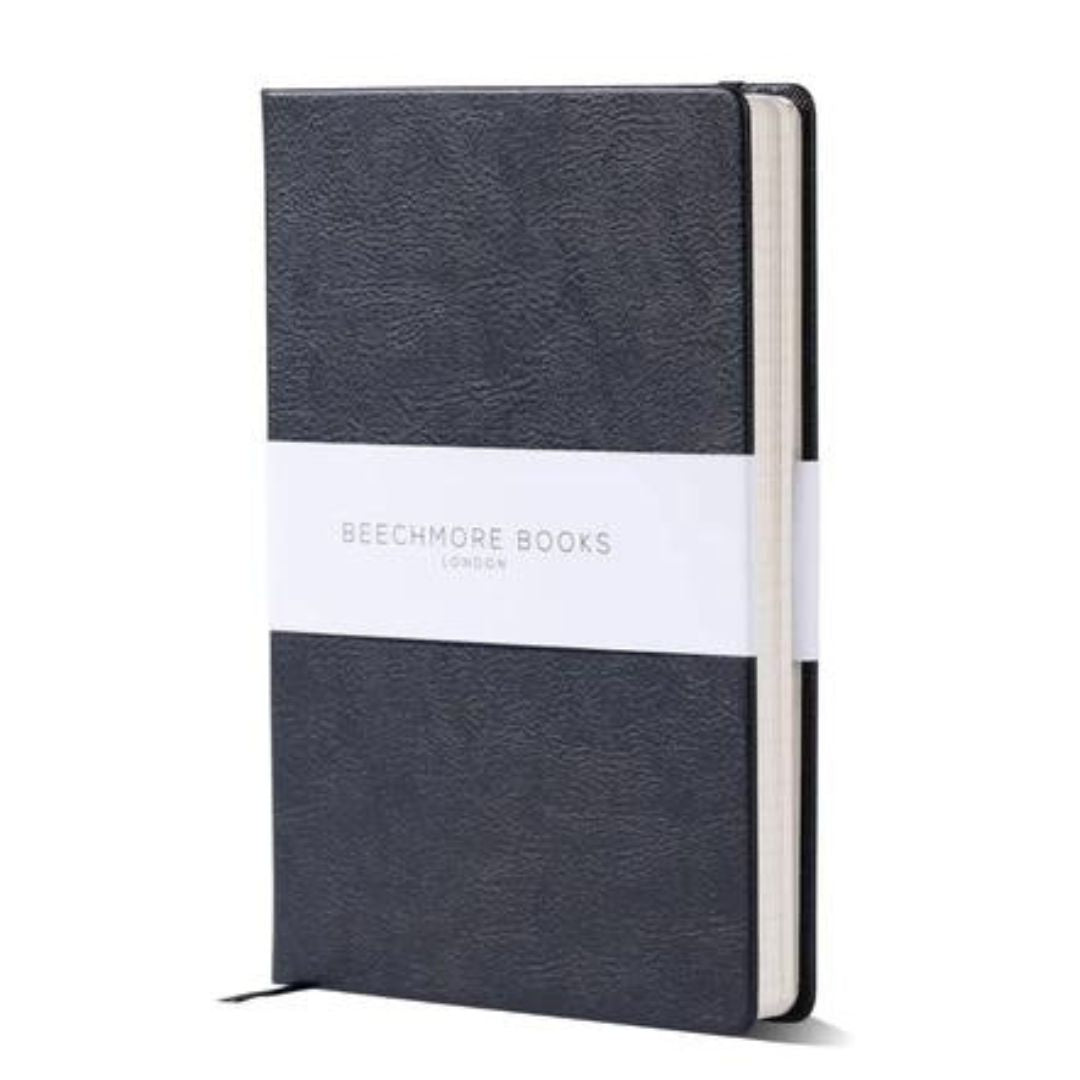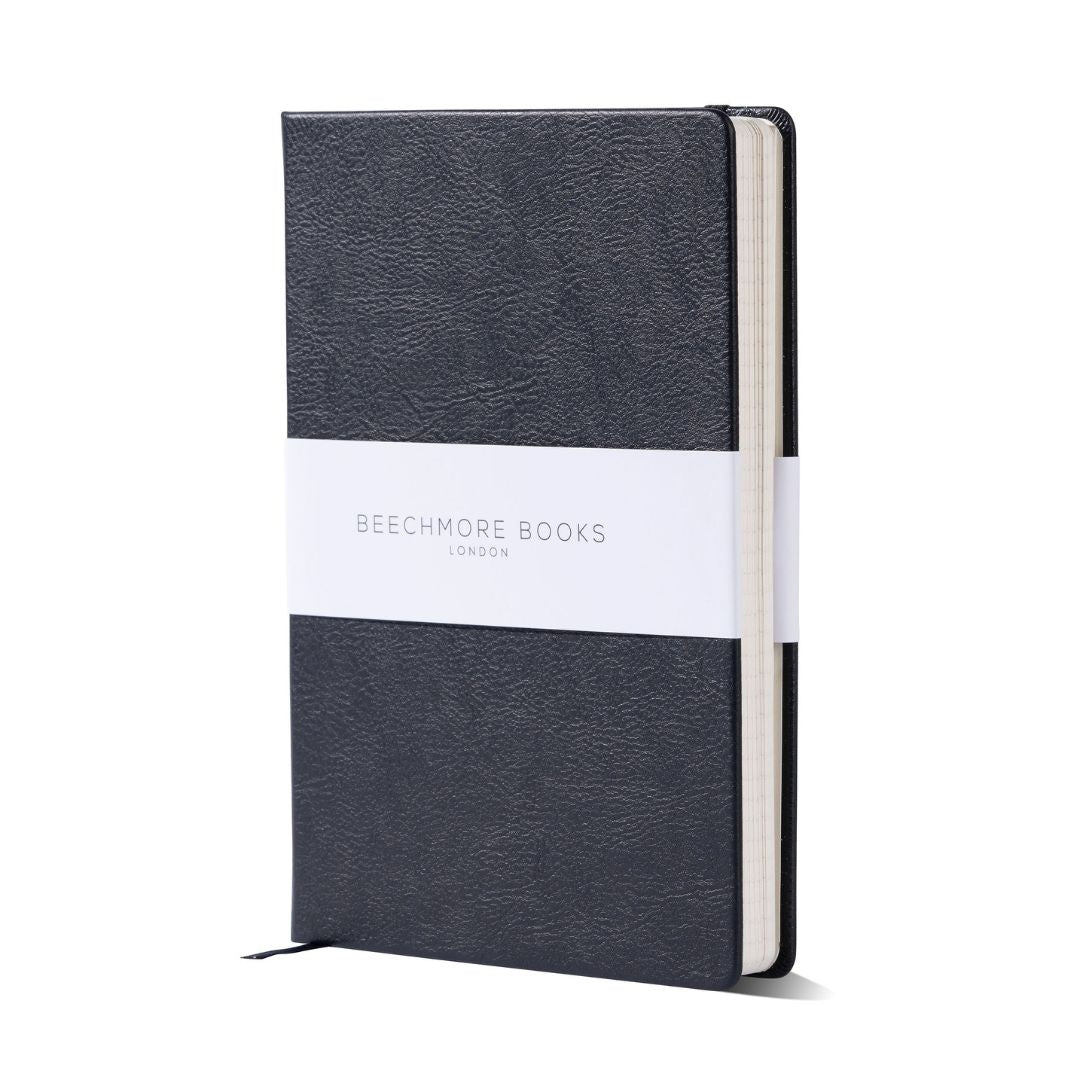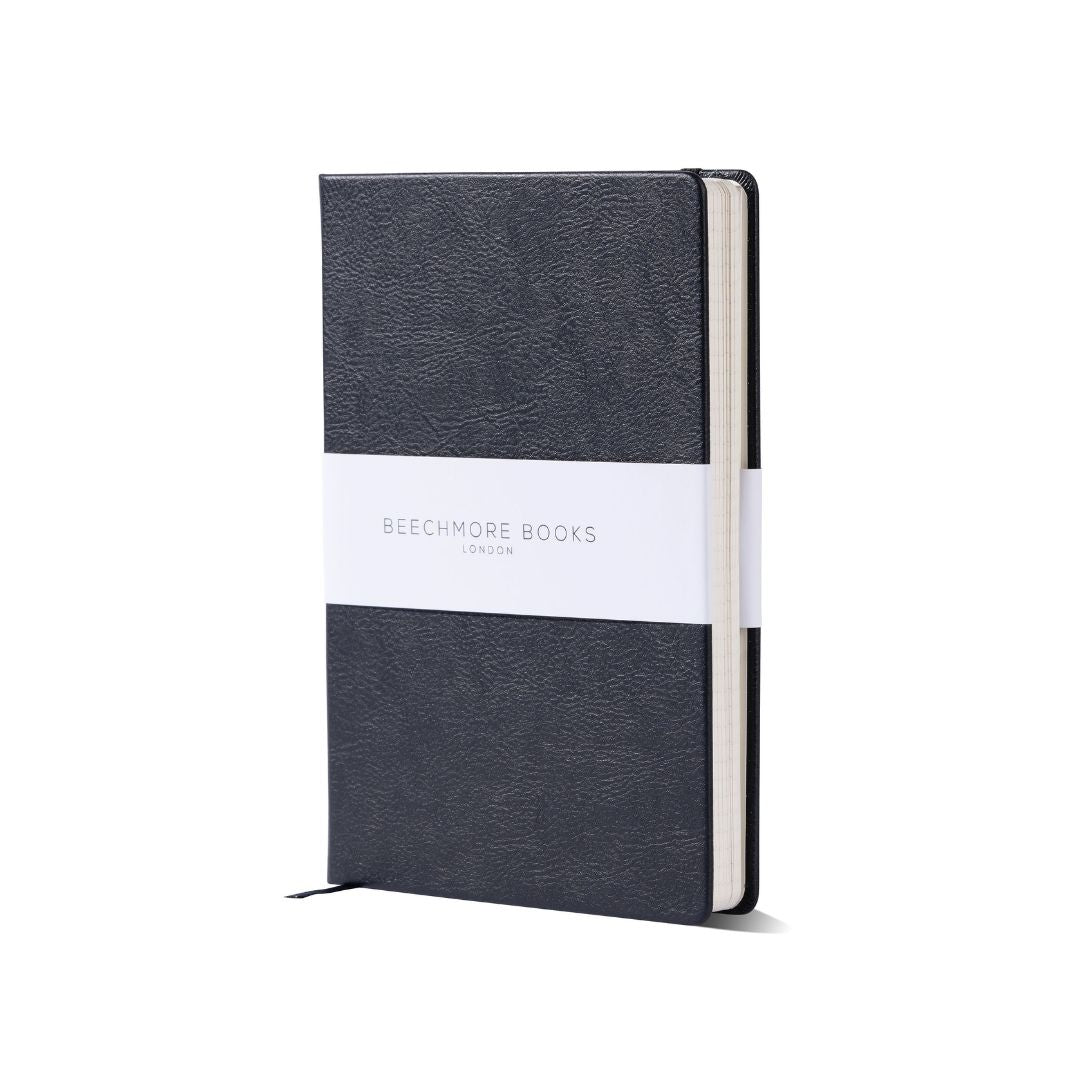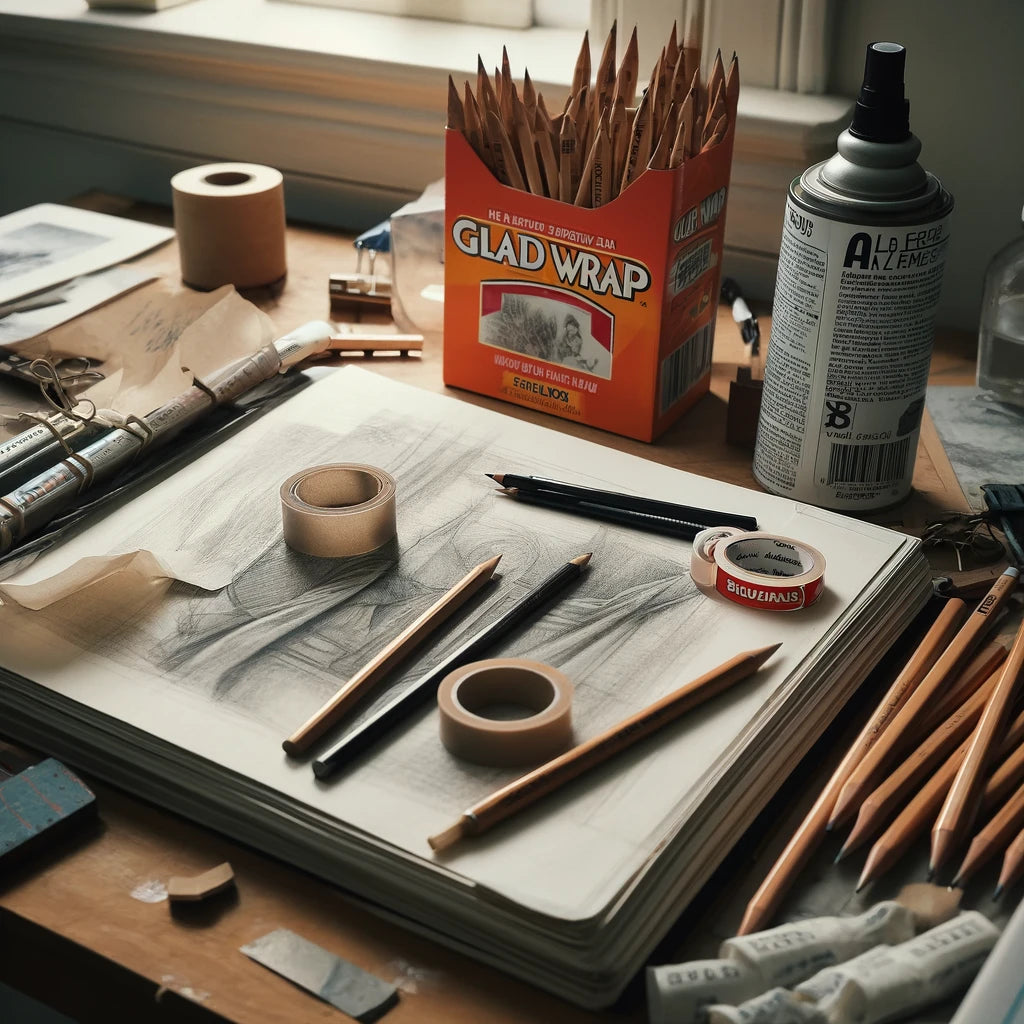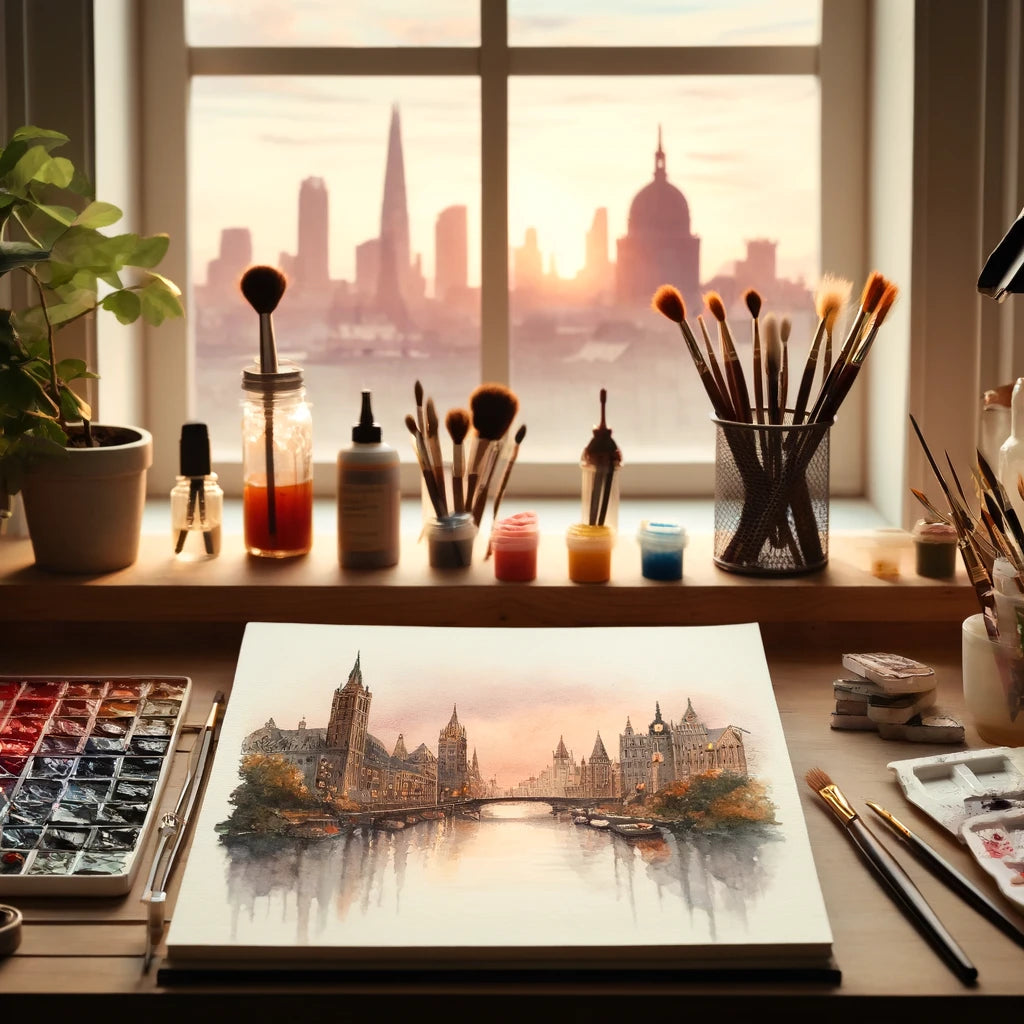You know the feeling - you're in the zone, sketching away in your trusty sketchbook, when suddenly you notice a smudge. Ugh, not again! Pencil smudging is the bane of every artist's existence. It's frustrating, messy, and can ruin your hard work in a matter of seconds.
But fear not, my fellow creators! I've been there, and I've got your back. Through trial and error (and a fair share of ruined sketches), I've discovered some game-changing techniques to keep your pencil drawings pristine. No more smudged masterpieces or hand cramps from trying to avoid touching the page. Get ready to say goodbye to smudging and hello to clean, crisp sketches!
Table of Contents:
- Use Wax Paper or Glad Wrap to Prevent Smudging
- Choose the Right Pencil to Minimize Smudging
- Secure Your Sketchbook with Rubber Bands
- Apply Fixative Spray to Protect Your Drawings
- Use Hardbound Sketchbooks to Minimize Smudging
- Conclusion
Use Wax Paper or Glad Wrap to Prevent Smudging
You've spent hours perfecting your sketch, only to find it smudged and ruined the next day. It's frustrating, right?
But there's an easy fix: wax paper or Glad Wrap. These simple household items can be your sketch's savior.
Place Wax Paper Between Pages, Use Glad Wrap as an Alternative
When you've finished your masterpiece, grab a sheet of wax paper that's the same size as your sketchbook page. Place it over your drawing, and secure it with a bit of masking tape at the top.
This creates a protective barrier that keeps the pages above from rubbing against your artwork. No more smudges, no more smears - just a pristine drawing, ready for you to admire.
If you're out of wax paper, Glad Wrap works just as well. Cut a piece to size, and attach it the same way. Easy peasy.
Choose the Right Pencil to Minimize Smudging
Not all pencils are created equal, especially when it comes to smudging. The type of pencil you use can make a big difference in how much your drawings smear.
Understand Pencil Grades
Pencils come in a range of grades, from hard (H) to black (B). The harder the pencil, the less graphite it contains, and the less likely it is to smudge.
H pencils, like 2H or 4H, are great for sketching and outlining. They produce light, fine lines that are less prone to smearing.
B pencils, on the other hand, are softer and contain more graphite. They're perfect for shading and adding depth, but they're also more likely to smudge.
Use H-Grade Pencils for Less Smudging
If you're worried about smudging, stick with H-grade pencils for the majority of your sketching. Save the B pencils for final shading and details.
It's also a good idea to have a scrap piece of paper handy to test your pencils on. That way, you can see how each grade behaves before putting pencil to sketchbook.
Secure Your Sketchbook with Rubber Bands
Even the most meticulous artists can face the frustration of smudged pages—after all, sketchbooks are meant to travel with you, often at the expense of their pristine condition. Our Beechmore Sketchbooks come with an elastic closure to keep your pages safe and secure, but if your sketchbook lacks this feature, don’t worry; there’s a straightforward and effective solution.
Wrap Rubber Bands Around Your Sketchbook
A practical fix is to use rubber bands. Simply grab a couple of large rubber bands and wrap them around your sketchbook, one near the top and one at the bottom. This method ensures the pages remain tightly closed, reducing the risk of them rubbing against each other and smudging your artwork.
For those using hardbound sketchbooks, consider wrapping a rubber band around the entire cover, from front to back. This adds an extra layer of security and keeps your sketchbook snugly closed, safeguarding your creations no matter where your artistic journey takes you.
Use Multiple Rubber Bands for Added Security
For larger sketchbooks or those with a lot of pages, two rubber bands might not be enough. In that case, use as many as you need to keep the book tightly closed.
You can also crisscross the rubber bands for even more stability. Just make sure they're not so tight that they damage the pages or covers.
Apply Fixative Spray to Protect Your Drawings
If you really want to ensure your drawings stay smudge-free, fixative spray is the way to go. This clear, protective coating seals your artwork and prevents smudging, fading, and other damage.
Choose the Right Fixative Spray
There are two main types of fixative spray: workable and final. Workable fixative allows you to continue drawing on top of the sprayed area, while final fixative provides a more permanent seal.
For most sketches, a workable fixative like Krylon Workable Fixatif is a good choice. It provides protection without locking in your lines, so you can still make changes and additions.
Test on a Separate Page First
Before you start spraying your masterpiece, always test the fixative on a scrap piece of paper. This lets you see how it affects the paper and the drawing, and ensures you don't accidentally ruin your work.
Spray lightly and evenly, holding the can about 12 inches away from the page. Let it dry completely before adding more layers or continuing to draw.
Apply in Thin Layers
When it comes to fixative, less is more. Applying too much at once can cause the paper to warp or the drawing to smear.
Instead, apply the fixative in thin, even layers. Let each layer dry completely before adding another. Two or three light coats are usually enough to protect your drawing without obscuring the details.
Use Hardbound Sketchbooks to Minimize Smudging
If you're tired of dealing with smudged pages, it might be time to upgrade your sketchbook. Hardbound sketchbooks, with their sturdy covers and tightly bound pages, are a great choice for minimizing smudging.
Benefits of Hardbound Sketchbooks
Unlike spiral-bound or softcover sketchbooks, hardbound books keep their pages tightly closed and protected. The rigid front and back covers prevent the pages from rubbing together, which means less smudging and smearing.
Hardbound sketchbooks also tend to have higher-quality paper that's less prone to bleeding and ghosting. This means your drawings will look better and last longer.
Choose a High-Quality Sketchbook
When shopping for a hardbound sketchbook, look for one with thick, acid-free paper and a durable binding. We make high-quality sketchbooks that are perfect for artists of all levels.
Avoid sketchbooks with thin, flimsy pages or covers that feel like they might fall off. A good sketchbook should feel sturdy and substantial in your hands.
With the right tools and techniques, you can keep your sketches looking fresh and smudge-free for years to come. Happy drawing.
Stop pencil smudges in your sketchbook with wax paper or Glad Wrap, use H-grade pencils for less smudging, secure pages with rubber bands, protect drawings with fixative spray, and consider upgrading to a hardbound sketchbook. Simple tricks like these can keep your artwork clean and pristine.
Conclusion
Pencil smudging in your sketchbook doesn't have to be a constant battle. With a few simple tricks up your sleeve, you can keep your drawings looking fresh and smudge-free.
Wax paper, fixative sprays, and rubber bands are your new best friends. Experiment with different pencil grades to find the perfect balance of darkness and smudge-resistance. And don't underestimate the power of a good quality sketchbook - it can make all the difference.
Remember, the key to stopping pencil from smudging in your sketchbook is a combination of prevention and protection. By taking a few extra steps and using the right tools, you can create stunning, long-lasting sketches that you'll be proud to show off.
So go forth, my artistic friends, and sketch with confidence! Your smudge-free masterpieces await.


